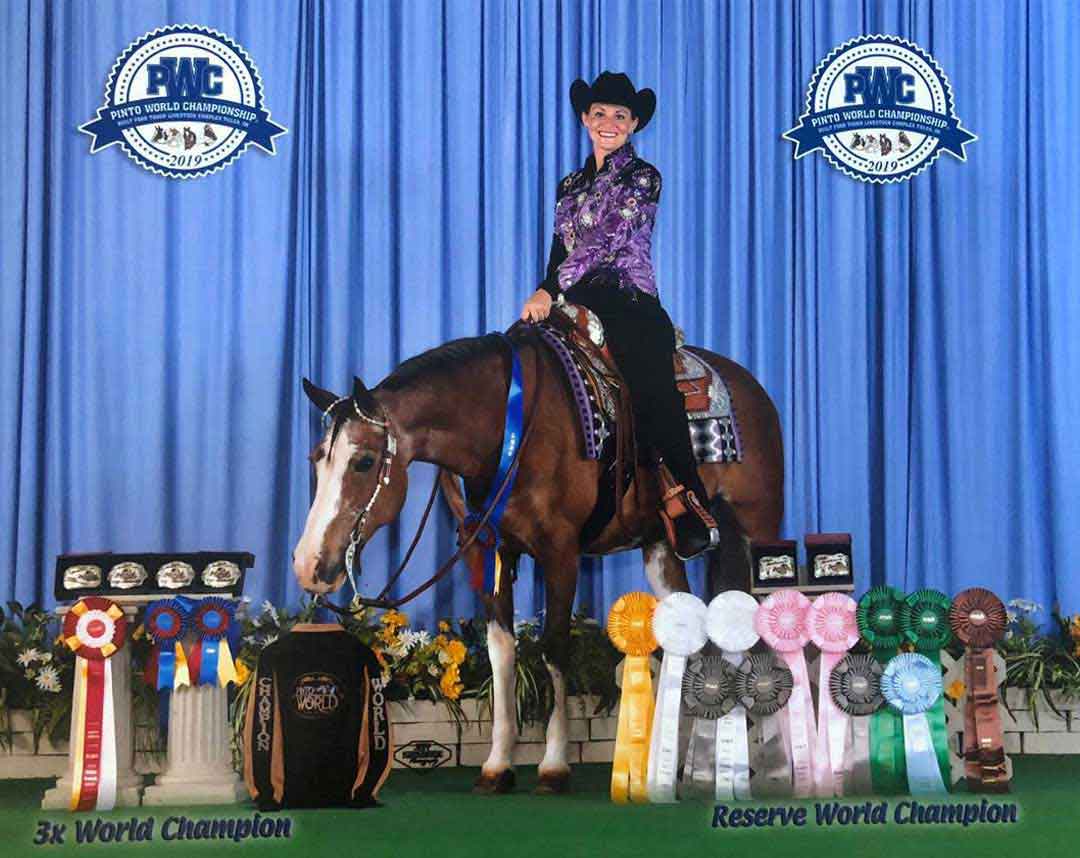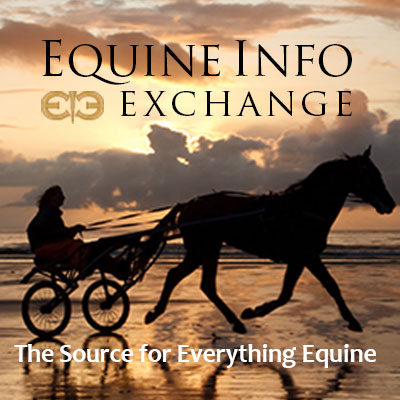Health & Education
We all want the best care possible for our horses. The Heath & Education section covers both Learning Institutions, Organizations as well as many sources for equine assistance including Veterinarians and Farriers.
For those who want a to formally study horses, the Education section includes College Riding, Equine Studies, and Veterinary Schools. Learn about the wide variety of horses in the Horse Breeds section. Supplements and Treatments Therapy are also included in the section.
Everyone can learn from Fine Art and there are some specialty Museums that might surprise you.
Horses as a therapy partner enrich the lives of the disabled. These facilities are listed in our Therapeutic Riding section. To help children and young adults build confidence and grow emotionally, please see the resources available on the Youth Outreach page.
Looking for a place to keep your horse? You can find it in the Horse Boarding section. Traveling? Find a Shipping company or Horse Sitting service if your horse is staying home!
Want to stay up to date with the latest training clinics or professional conferences? Take a look at our Calendar of Events for Health & Education for the dates and locations of upcoming events.
Do we need to add more? Please use the useful feedback link and let us know!

Equine wellness couldn't be more important to Kelly Mancinelli, DVM, who has enjoyed nearly 25 years of riding and competing with her childhood Pinto mare, Singin' Saddie Sue.
Horse and World Champion
"I remember the day I was supposed to sit on Saddie for the first time. I was actually sick with the flu, but I didn't care. I went out and did my lesson because I was so excited to ride her," Dr. Kelly Mancinelli said.
Fast forward to 2019, and Singin' Saddie Sue is 25 years old. Kelly is still in the saddle, and the two continue to compete across the country. Of many accolades, Saddie is an eight-time 4H champion, 11-time Congress Champion and eight-time World Champion. Together, they have won several show high-point championships, as well as 200 belt buckles, 150 trophies and six show saddles.
Saddie is the perfect example that when it comes to "senior" performance horses, age is just a number when horse health is prioritized. While there are special considerations for senior horses, risks such as age-related diseases can be managed through preventative care and trusted medications.
Read more: Veterinarian, Equestrian Advises on Caring for the Senior Show Horse
In this episode of StallSide, our host, Dr. Peter Morresey, interviews dermatologist Dr. Julia Miller, who specializes in diagnosing and treating skin conditions. Dr. Miller sheds light on two common issues that horse owners may face: scratches and hives.
Scratches are a skin condition usually affecting horses’ lower legs but can be present in other areas of the body. Dr. Miller explains the causes of scratches using the three P’s- predisposing, primary, and perpetuating factors. She also discusses the benefit of tissue biopsies and prevention and treatment options, such as topical ointments and antibiotics.
Hives, on the other hand, are allergic reactions that can occur in horses due to various triggers, including Food, insect bites, and medications. Dr. Miller explains the symptoms of hives, which include raised bumps on the skin and itching and emphasizes the importance of identifying and removing the trigger. She also discusses when to call your veterinarian and treatment options, such as antihistamines and corticosteroids.
Read more: Rood & Riddle "Stallside" Podcast - Scratches and Hives Oh My! with Dr Julia Miller
- Your Child Wants to Ride a Horse! What Should You Do?
- Biosecurity Education & Training
- Sample Lesson: First Lope with Tara Reimer (17:12)
- Obese Equine Athletes: Are These “Unhealthy” Healthy Horses?
- Facility Design with Biosecurity in Mind
- What's In Your Hay?
- Reading Horse Behavior with Dale Rudin (7:55)
- Why Do Horse Breeders Terminate a Twin?
- Rood & Riddle Stallside Podcast: The Importance of Ultrasound with Dr Colton Thacker (26:33)
- Infection Disease Control tips for Horse Farms - Dr. Scott Weese (15:62)
- Why the Sudden Behavior Change in My Horse?
- Hydrolyzable Carbohydrates and the Metabolic Horse
- Rood & Riddle Stallside Podcast - 0:03 / 27:14 • Intro The Most Interesting Guest so Far with Dr Bart Barber - Episode 50!
- Catching the Horse in a Paddock with Teresa Kackert (5:29)
- Equine Guelph Declares February Colic Prevention Education Month
- The History Of Equine Slaughter In The United States (Part 2 In A Series)
- Rood & Riddle Stallside Podcast - The PET Scan, Old Technology, New Applications with Dr Katie Garrett and Dr Jose Bras (33:01)
- To Shoe or Not to Shoe? An Excerpt from Shoeing the Modern Horse
- Rood & Riddle Stallside Podcast - The Time is Right for Your Barren Mare’s Check up with Dr Pete Sheerin (37:37)
- Ten Tips for Lunging Your Horse

































